Byzantine and Christian Museum/ Ilission Mansion
The Byzantine and Christian Museum has over 30,000 items in its permanent collection, dating from the 3rd to the 20th centuries.
Location
Timeline
Modern and Contemporary era (1821 - )
1840 Beginning of the construction, possibly based on the designs of Stamatis Kleanthis
1848 Τhe temporary house of the Duchess of Plaisance in Keramikos was burned along with her embalmed daughter. She then necessarily moved to the unfinished mansion.
1854 After Duchess's death, the building passes into public ownership.
1914 The museum was founded.
1928 1st subtle reconstruction (Aristotelis Zahos).
1930 It becomes house to the Byzantine and Christian Museum.
1954 1st extension (Vassilios Douras).
1993 2nd extension (Manos Perrakis).

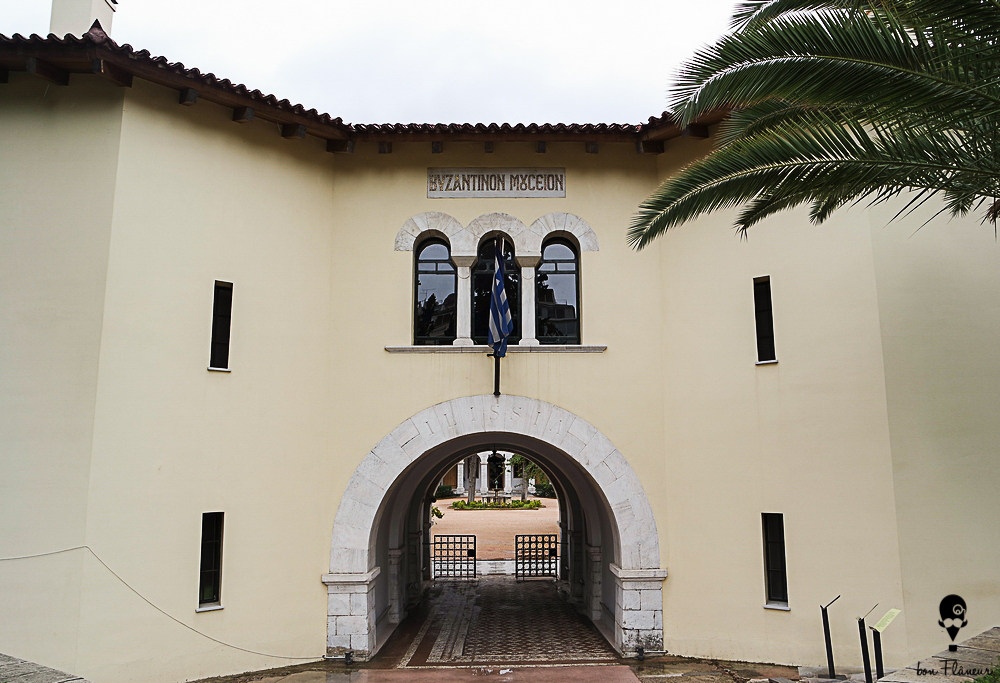
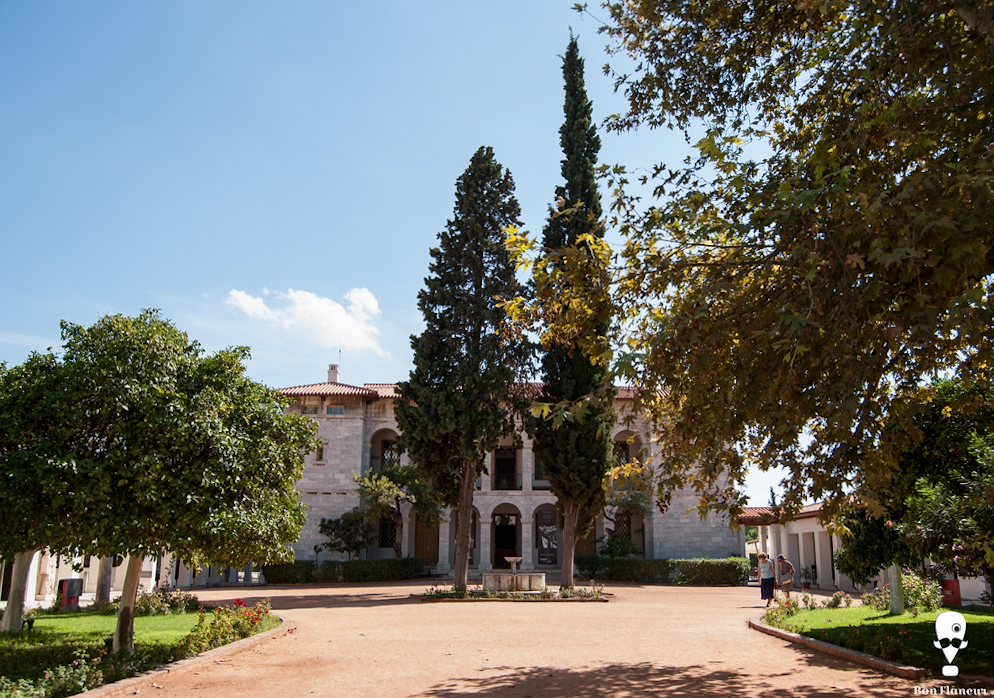
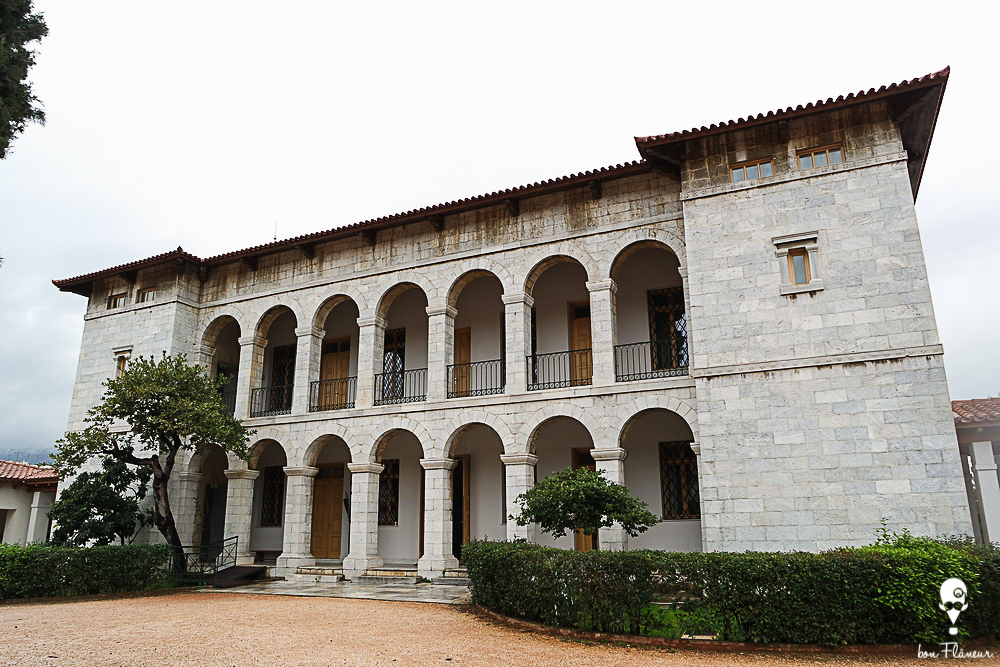
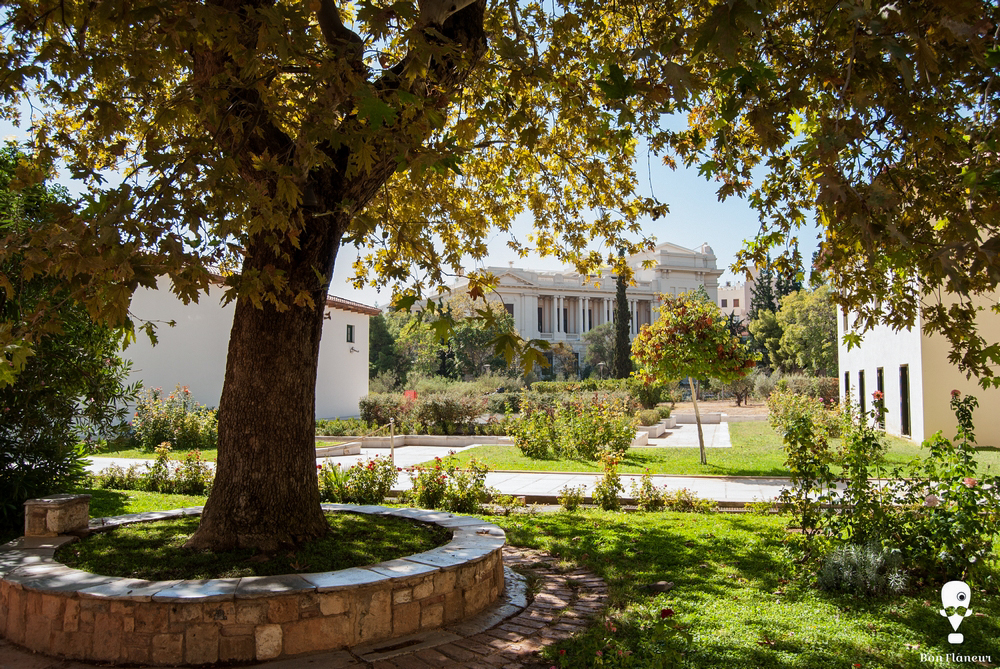
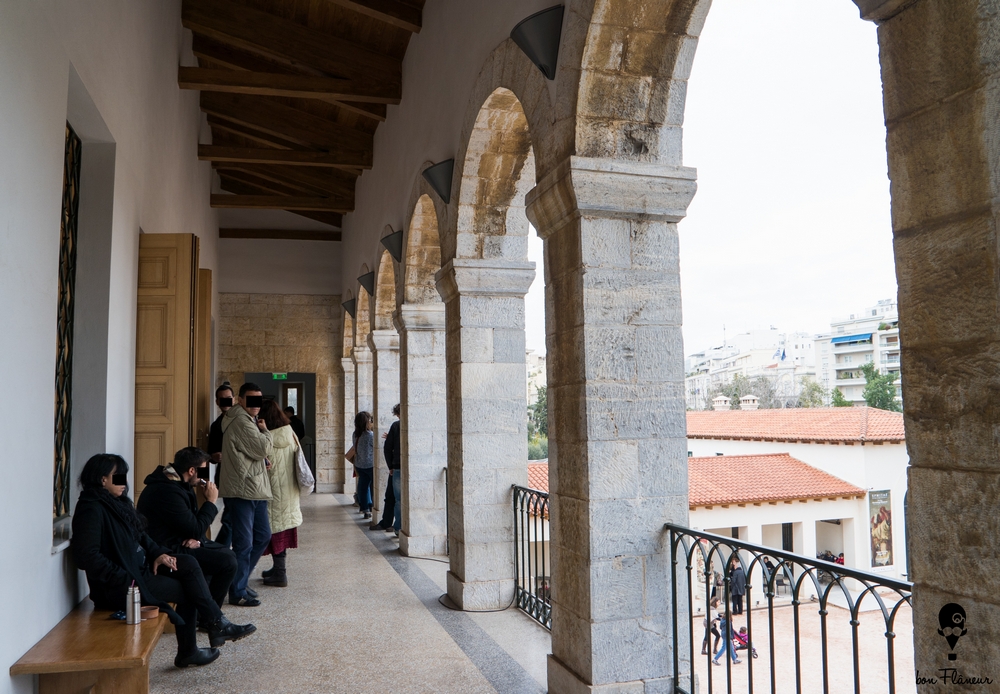
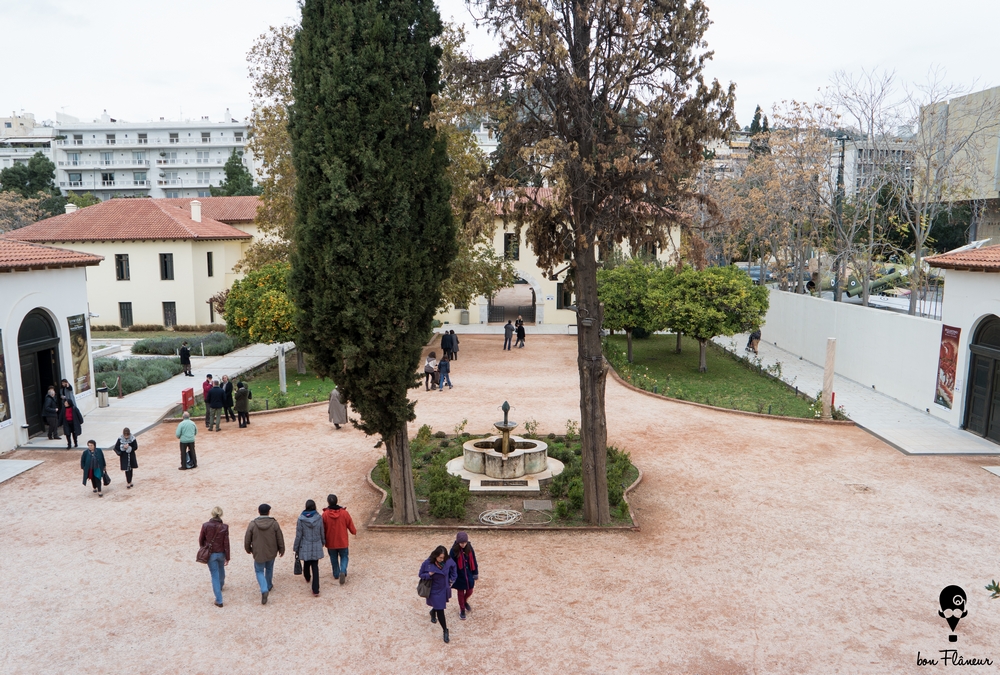

Share